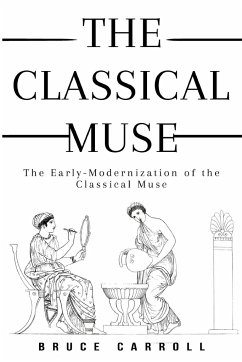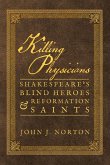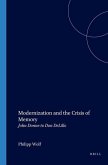The rondel above depicts the Muse of poetry who occupies one of the four center positions of the ceiling of Raphael's Vatican Stanza della Segnatura.1 She wears the laurel wreath of her counterpart Apollo, his symbol popularized by the Homeridae, the rhapsode descendants of Homer,2 whose bust adorns the arm of the Muse's throne. The white blouse and dark sash recall her liminal place between upper and lower worlds. By association with her mother, Mnemosyne, the goddess of memory, she had access to the underworld's river Lethe (oblivion) the waters of which surfaced in the earthly Heliconian springs that she founded her cult of the arts around.3 Thus her office both governed poetry's ability to bring about forgetfulness of cares and granted the poet's need for a surplus of memory in his oral performances of memorized epic. Her wings, loaded with iconographic allusion, may result from Ovid's tale of the Muses who turned the hubristic Pierides into crows, or they may reflect a conflation of the Muses and the winged Sirens as old as Plato (Republic 10.617b).4








